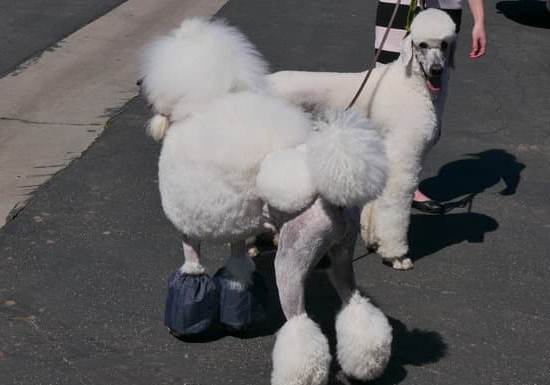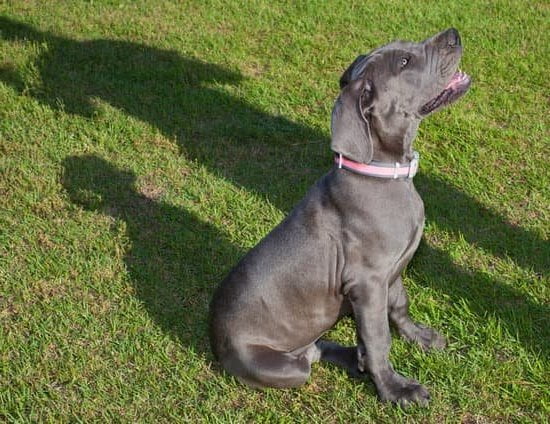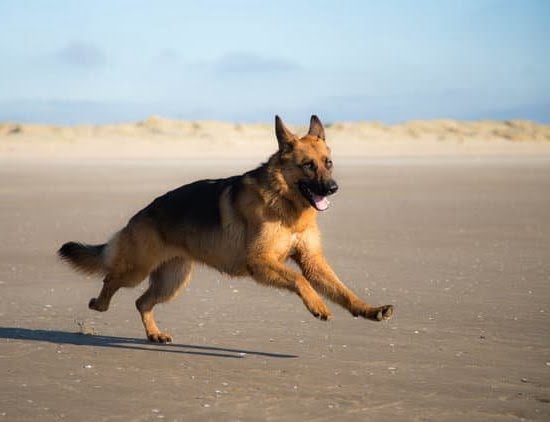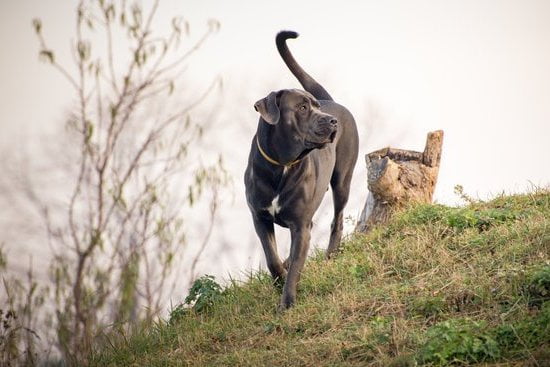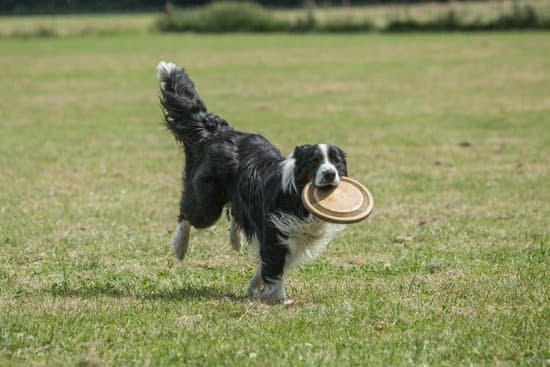Are you a dog owner who also raises chickens? If so, you may have experienced the challenge of introducing your dog to your feathered friends. In this article, we will discuss how to train your dog to be around grown chickens. It is essential to understand the importance of this training for the safety and well-being of both your dog and your chickens.
Assessing Your Dog’s Behavior is a crucial first step in preparing them to interact with grown chickens. Any existing behavior issues must be identified and addressed before beginning the training process. Basic obedience training will then establish the foundation for good behavior around chickens, creating a solid starting point for further training.
The process of Desensitization Training is vital in gradually introducing your dog to the presence of chickens. This method allows your dog to acclimate to the sight, sound, and smell of chickens without becoming overly excited or anxious. With successful desensitization, Supervised Interactions can take place, where you can teach your dog proper behavior around chickens while closely monitoring their interactions. These steps are essential for ensuring a harmonious relationship between your dog and your grown chickens.
Reinforcing Positive Behavior is another important aspect of this training. Using positive reinforcement such as treats or praise will encourage your dog’s good behavior around grown chickens. Correcting Negative Behavior towards the birds is also crucial in maintaining a safe environment for all animals involved. Lastly, Gradual Independence allows your dog to be around grown chickens without constant supervision while ensuring their continued good behavior.
Assessing Your Dog’s Behavior
Before starting the process of training your dog to be around grown chickens, it is crucial to assess your dog’s behavior and identify any existing issues that may affect their interaction with the chickens. This step is essential as it will help you understand your dog’s behavior patterns and address any potential challenges before introducing them to the chickens.
One important aspect of assessing your dog’s behavior is observing their reaction to small animals or birds. If your dog displays aggressive behavior towards smaller animals, it is vital to address this issue before introducing them to grown chickens. Aggressive behavior can pose a serious threat to the safety of the chickens, so it is important to work on correcting this behavior through proper training and positive reinforcement.
Another aspect to consider when assessing your dog’s behavior is their level of obedience and impulse control. Dogs with lower levels of obedience and impulse control may have difficulty interacting with chickens, especially if they have a high prey drive. Understanding these behavioral traits will help you tailor your training approach to best suit your dog’s needs and ensure a safe and successful integration with the chickens.
It is also important to assess any past experiences your dog may have had with birds or other small animals. Traumatic or negative experiences can significantly impact your dog’s behavior around chickens, so addressing any underlying concerns from previous encounters is crucial in preparing them for a harmonious coexistence with the grown chickens.
| Aspect | Consideration |
|---|---|
| Aggressive Behavior | If aggressive, needs correction before introduction |
| Obedience and Impulse Control | Dogs with lower levels may need tailored training |
| Past Experiences | Addressing any traumatic or negative experiences |
Basic Obedience Training
Teaching Commands
During basic obedience training, it’s important to teach your dog commands such as “sit,” “stay,” “leave it,” and “come.” These commands will provide you with the tools needed to manage your dog’s behavior around chickens. For example, teaching your dog to “leave it” can be crucial in preventing them from chasing or bothering the chickens.
Positive Reinforcement
Using positive reinforcement during obedience training can help solidify good behavior around chickens. When your dog follows a command or behaves appropriately around the chickens, be sure to reward them with treats, praise, or other forms of positive reinforcement. This will help them understand that being calm and obedient around the chickens is a desirable behavior.
Consistency and Patience
Consistency and patience are key components of basic obedience training. It’s important to consistently practice commands and behaviors with your dog, gradually increasing the level of difficulty as they improve. Additionally, patience is crucial as some dogs may take longer to grasp certain commands or behaviors. By remaining patient and consistent, you can help ensure that your dog establishes a strong foundation for good behavior around grown chickens.
Desensitization Training
Understanding Desensitization
Desensitization training involves exposing your dog to the presence of chickens in a gradual and controlled manner. The goal is to gradually reduce your dog’s sensitivity or fear towards chickens by introducing them in a way that does not trigger an anxious or aggressive response. This process requires patience, consistency, and positive reinforcement to help your dog associate chickens with calm and non-threatening stimuli.
Creating a Controlled Environment
When beginning desensitization training, it’s important to create a controlled environment where both the dog and chickens feel safe. Start by keeping the dog on a leash or within a fenced area, while allowing the chickens to roam freely at a distance. This will prevent any unwanted chasing behavior from the dog and give both animals a sense of security.
Gradual Exposure
Start with brief exposure sessions where your dog can see, hear, and smell the presence of chickens from a distance. Over time, gradually decrease this distance as long as your dog remains calm and non-reactive. It’s essential to closely observe your dog’s body language for signs of fear or aggression during these sessions. If any negative reactions occur, take a step back and increase the distance again before trying to reduce it once more.
By following these steps for desensitization training, you can help your dog become accustomed to the presence of grown chickens in a positive and controlled manner. Keep in mind that every dog progresses at their own pace, so be patient and consistent throughout this process.
Supervised Interactions
Once your dog has mastered basic obedience training and has been introduced to the presence of chickens, it’s time to move on to supervised interactions. This step is crucial in teaching your dog how to behave appropriately around grown chickens while ensuring their safety and the safety of the birds. Here are some tips for successfully supervising your dog’s interactions with chickens:
- Always keep your dog on a leash when introducing them to the chickens. This will give you better control over their behavior and prevent any potential accidents.
- Start by allowing your dog to observe the chickens from a safe distance. Use treats and praise to reward calm and non-aggressive behavior.
- Gradually allow your dog to approach the chickens under close supervision. Watch for any signs of aggression or excessive interest, and intervene immediately if necessary.
It’s important to remember that each dog will react differently to being around chickens, so be patient and observant during this process. Some dogs may show natural curiosity without displaying any signs of aggression, while others may require more time and guidance before they can be trusted around the birds. By closely monitoring their interactions, you can effectively reinforce appropriate behavior and address any issues that arise in a timely manner.
Remember that consistency is key when teaching your dog proper behavior around chickens. Continue using positive reinforcement techniques such as treats, praise, and affection to encourage good behavior during supervised interactions. With patience and persistence, you can help your dog develop a respectful and gentle attitude towards grown chickens.
Reinforcing Positive Behavior
Once your dog has been introduced to the presence of grown chickens and has displayed good behavior around them, it is important to reinforce this positive behavior with the use of positive reinforcement. Positive reinforcement involves rewarding your dog for displaying desirable behavior, in this case, behaving well around grown chickens.
One effective way to reinforce positive behavior is by using treats. Whenever your dog displays good behavior around chickens, such as staying calm and not chasing them, immediately reward them with a small treat. This will help your dog associate their good behavior with a positive outcome, making them more likely to repeat this behavior in the future.
In addition to treats, you can also use verbal praise and affection as forms of positive reinforcement. When your dog behaves well around chickens, verbally praise them in an upbeat tone and offer physical affection such as petting or belly rubs. This will further solidify the idea that good behavior around chickens is desirable and worthy of positive consequences.
Throughout the reinforcement process, consistency is key. Make sure that every time your dog displays good behavior around chickens, they receive some form of positive reinforcement. This will help strengthen the association between their actions and the positive outcomes they receive, ultimately leading to continued good behavior around grown chickens.
| Positive Reinforcement Method | Effectiveness |
|---|---|
| Treats | Highly Effective |
| Verbal Praise/Affection | Effective |
Correcting Negative Behavior
Training your dog to be around grown chickens can be a rewarding experience for both you and your pet. However, it’s important to address and correct any negative behavior towards chickens in order to ensure a safe and harmonious environment for all involved. Here are some steps to help you correct negative behavior in your dog:
- Identify the Trigger: Observe your dog’s behavior around chickens and identify what triggers any negative reactions. Is it fear, aggression, or something else?
- Redirect Attention: When your dog shows signs of negative behavior towards the chickens, redirect their attention to something positive such as a favorite toy or treat.
- Use Desensitization Techniques: Gradually expose your dog to the presence of chickens in a controlled environment, using positive reinforcement to create positive associations.
It’s important to be patient and consistent when correcting negative behavior in your dog. By following these steps and staying proactive, you can help your dog overcome their negative behavior towards chickens and foster a peaceful coexistence between them.
Remember, every interaction with the chickens is an opportunity for training and reinforcement. With time and dedication, you can gradually reduce any negative behavior and promote a positive relationship between your dog and grown chickens.
Gradual Independence
In conclusion, training your dog to be around grown chickens is a process that requires patience, consistency, and positive reinforcement. By following the steps outlined in this article, you can effectively teach your dog to coexist peacefully with chickens, ensuring the safety of both animals. Gradual independence is an important final step in this training process, allowing your dog to be around chickens without constant supervision while still maintaining good behavior.
As you transition to allowing your dog more independence around chickens, it’s important to continue reinforcing positive behavior and addressing any negative behavior that may arise. Consistency is key during this stage, as well as providing continued opportunities for supervised interactions to reinforce good habits. Remember that every dog is different, so progress may vary depending on your individual pet’s temperament and previous experiences.
Ultimately, with the proper training and gradual introduction, many dogs can learn to peacefully coexist with grown chickens. However, it’s essential to always monitor their interactions and be prepared to intervene if necessary. With time and effort, you can create a harmonious environment where your dog and chickens can live alongside each other without issues.
Frequently Asked Questions
How Do You Train a Dog to Get Along With a Chicken?
Training a dog to get along with chickens requires a gradual and supervised introduction. Start by teaching the dog basic obedience commands like “sit” and “stay” to establish control. Then, introduce the chicken to the dog from a distance and reward calm behavior.
Use positive reinforcement, such as treats or praise, to encourage the dog to remain calm around the chicken. With consistent training and patience, most dogs can learn to coexist peacefully with chickens.
How Do I Train My Dog to Round Up Chickens?
Training a dog to round up chickens involves teaching them basic herding commands such as “come by,” “away,” and “steady.” Begin by working on these commands in a controlled environment using a long lead or leash. Practice herding exercises with your dog in an enclosed area using voice commands and hand signals.
Gradually increase the level of difficulty by introducing actual chickens into the training sessions. With time and practice, your dog can learn to effectively round up chickens without causing harm.
Can You Train a Dog to Protect Chickens?
Yes, it is possible to train a dog to protect chickens from predators. Start by establishing clear boundaries for the dog through basic obedience training. Then, introduce positive reinforcement techniques while supervising their interactions with the chickens.
Teach the dog to alert you when they sense potential threats by using specific command words or gestures. It’s important to continuously monitor the dog’s behavior around the chickens and provide consistent training to ensure their protective instincts are properly channeled towards safeguarding the flock.

Welcome to the blog! I am a professional dog trainer and have been working with dogs for many years. In this blog, I will be discussing various topics related to dog training, including tips, tricks, and advice. I hope you find this information helpful and informative. Thanks for reading!

